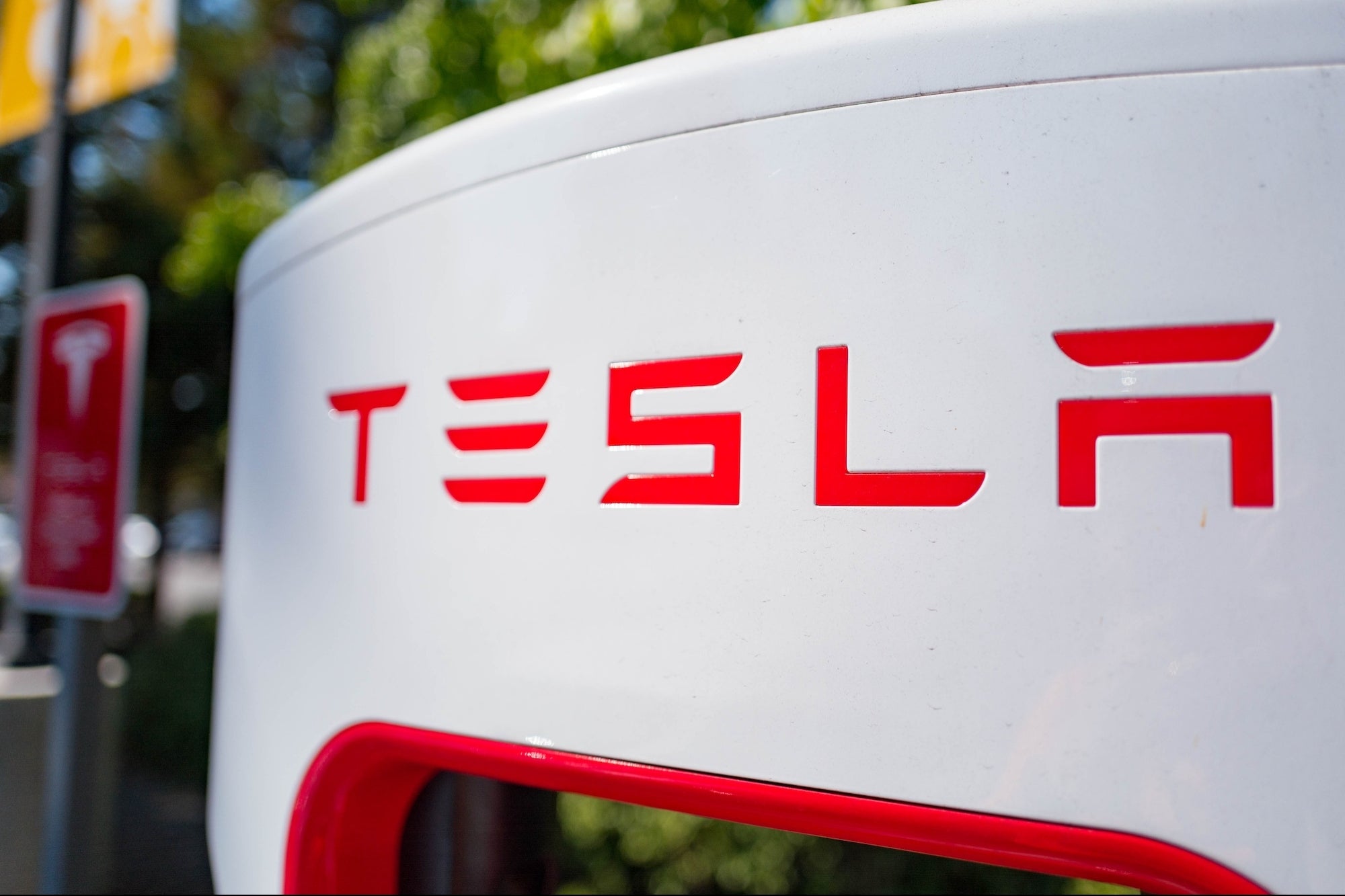Don't Lose Good Employees to a Bad Commute With today's technology and employees' expectations for flexibility, it's time for companies to rethink commutes.
By Max Crowley •

Opinions expressed by Entrepreneur contributors are their own.

Most of us are familiar with the idea of flexible work because we've experienced it firsthand. Whether it's checking emails from home in the morning so that you can come into the office a few hours late or booking a WeWork when you're on the other side of town for a meeting, the daily routine for what people consider a productive employee has changed.
Related: 20 Reasons to Let Your Employees Work From Home
While employers have embraced flexible work trends, most haven't paid much mind to the commute and how it's impacting employee productivity, happiness and even retention.
New York's governor declared this past summer the "summer of hell" for commuters, voicing the national disdain for frustrating commutes. And the commute conundrum is more than a personal annoyance -- it's also a business problem.
Already, 10 percent of employees spend their workday commuting and nearly 80 percent of people drive to work alone, according 2013 U.S. Census Bureau data. Time spent traveling continues to increase with commute times in 50 of the largest U.S. cities jumping by 3 percent between 2009 and 2014 and the average commute jumping 20 percent since 1980. More notably, the long commutes are on the rise. According to data from Pew Charitable Trust, between 2010 and 2015, the number of people who commute 90 minutes or more to work has skyrocketed.
There is a huge pool of untapped potential and lost productivity locked up in these commutes. Imagine this: A 45-minute, one-way commute equates to 1.5 hours a day on the road and over two full weeks of the year commuting. These added minutes come with added consequences with 17 percent quitting their jobs because of the commute, according to a survey by WorkplaceTrends.com.
Related: The Surprising Thing I Gained When I Switched to a Remote Workforce
It's time for companies to rethink the daily commute.
How employees are getting to and from the office every day isn't something most businesses spend a lot of time thinking about, but that could change soon. With employees' new expectation for flexible work and the toll that commutes are taking on productivity and retention, it's an issue that can no longer be ignored.
Offering free transportation to public transit hot spots not only shortens commutes and supports environmentally friendly modes of transportation; it also allows businesses to set up their headquarters in more locations.
With car ownership estimated to taper off over the next decade, perks like complimentary parking are no longer appealing or possible in metropolitan cities where parking space is limited.
Related: Remote Leaders? Here's How Your Company Can Retain 99 Percent of Them.
Subsidizing commutes, whether on public transit, car-sharing services or free shuttles, takes some of the pain away. In some cases, when employees aren't behind the wheel it allows for more time to take calls, work on projects, check email or simply relax.
Businesses should get ahead of these changes and set up the right protocols and technology to ease commuting pains. Most importantly, businesses need to consider their surroundings -- what is most efficient in San Francisco may not succeed in Seattle or New York.
However, 80 percent of the country still drives alone to work every day. In some cases, employees may need to continue to rely on personal vehicles to get to work. If so, business can make employees' lives easier and their days more productive by tweaking hours to avoid rush hour. Other options include allowing employees to work from home on certain days, providing satellite office access or compact workweeks.
With today's pace of change, businesses can't afford to hold on to outdated management structures and workplaces. As the workplace is reshaped and companies pursue new efficiencies, the best place to start is with one of the most inefficient aspects of workers' lives -- their daily commutes. Companies will thrive if they can adapt to the changing demands and habits of today's workforce.
Related Video: How Can You Get the Most Out of Your Remote Employees?












